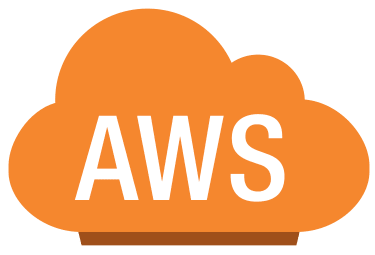
Minimum Viable Product(MVP)
Try Small-Think Big Is New Normal
We will enhance your Start-up thinking capability with our subject matter expert.
As an entrepreneur, you would probably like to launch your product with all features fully functioning and having responded to all problems discovered during the market research process. However, the unfortunate reality is that no matter how much everdue diligence you do, perfection remains illusive.
A more effective approach to product launch, and probablythe best method of product validation, is to get the item into the hands of your customers and have them use it.
Minimum Viable Product(MVP) means different things to different people so let’s start with a definition. According to Eric Ries, who used the term for the first time he described it as:
“A Minimum Viable Product is that version of a new product which allows a team to collect the maximum amount of validated learning about customers with the least effort”.
Over time it got simplified to: “A MVP product is a product with only a basic set of features enough to capture the attention of early adopters and make your solution unique”.
In the last ten years, companies like uber, Dropbox, and Zappos etc started their journeys with MVPs and then gained power and influence. These examples prove the advantage of developing an MVP.

An MVP is a smart way to:
| INNOVATIONS | |||||||
| CLOUD NATIVE DEVELOPMENT |  |
 |
|||||
| DATA ENGINEERING |  |
||||||
| FRONT END |  |
||||||
| MOBILE | |||||||
| BACK END |  |
||||||